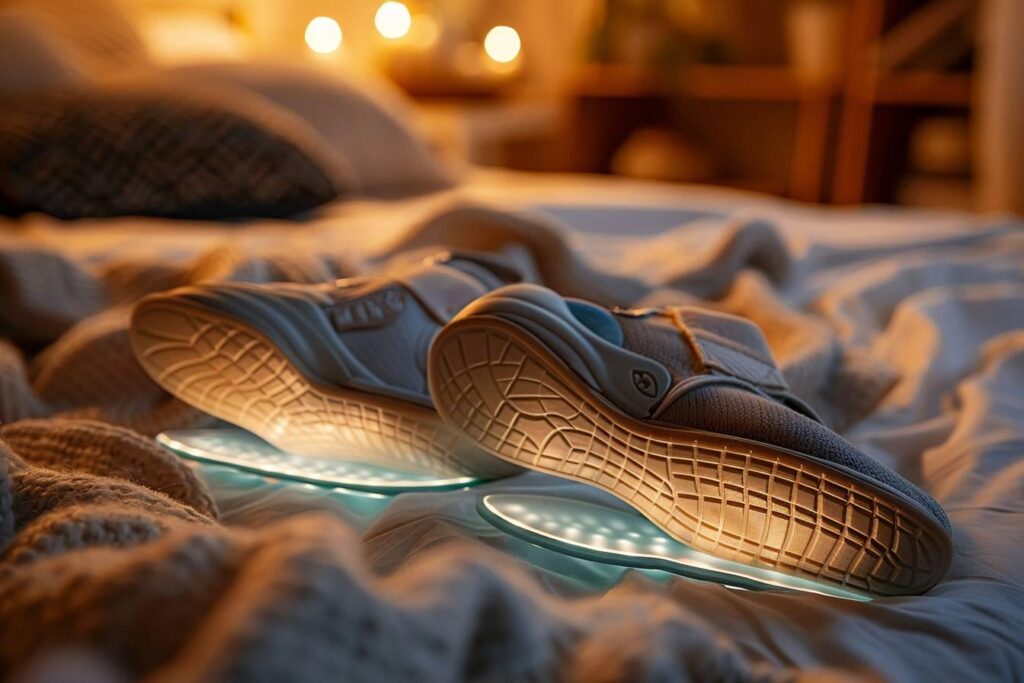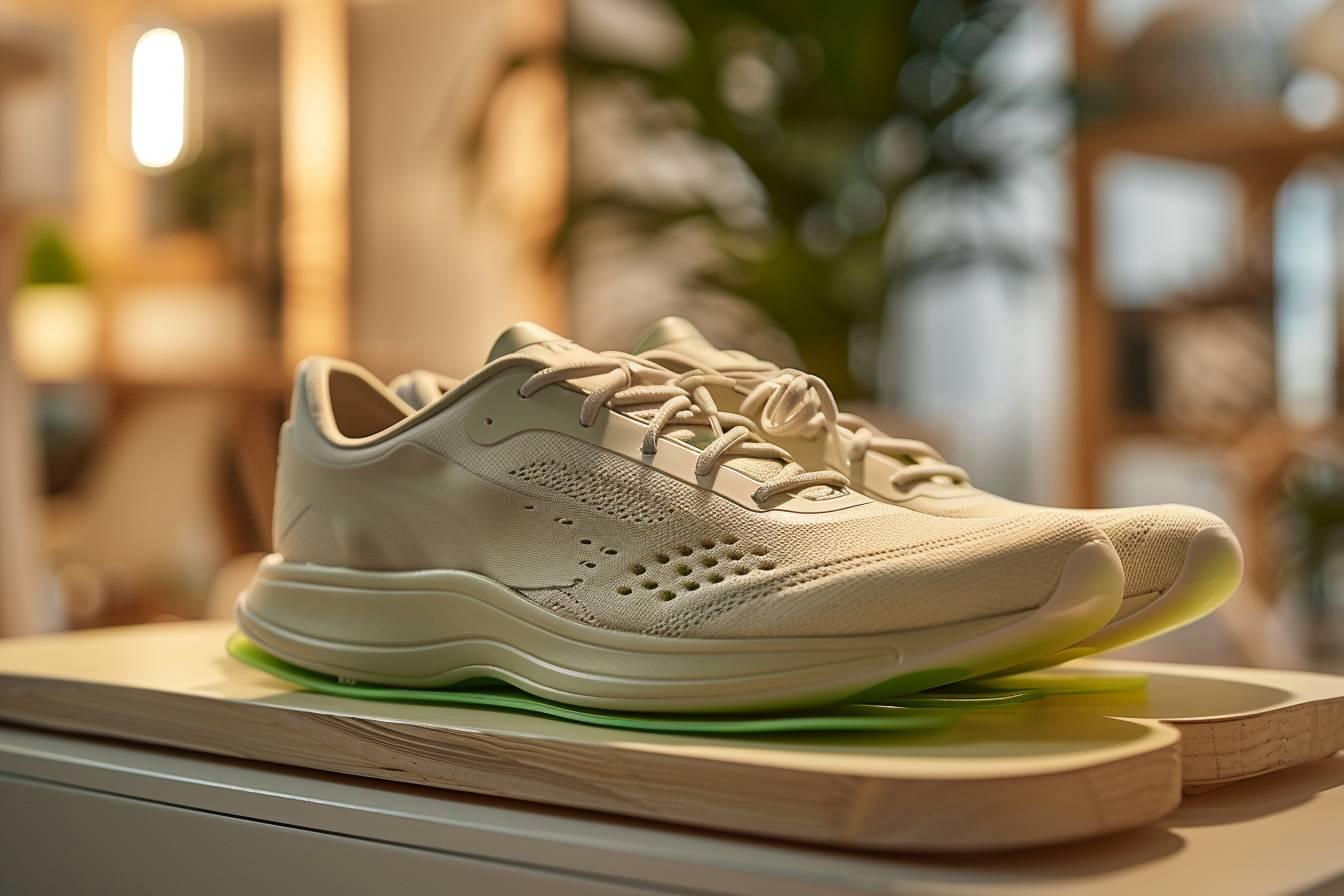The proper use of orthopedic insoles is crucial for achieving maximum comfort and effective support. Many people wonder, “How long do you wear orthopedic insoles ?” This article explores the optimal duration for wearing orthopedic insoles and provides insights into maintaining their effectiveness. Understanding the nuances of orthopedic insole usage can greatly enhance your overall foot health.
Understanding the purpose of orthopedic insoles
Orthopedic insoles are designed to provide comfort, proper alignment, and alleviate various foot problems. They cater to conditions such as plantar fasciitis, flat feet, and general discomfort caused by prolonged standing.
Benefits of wearing orthopedic insoles
Orthopedic insoles offer numerous benefits :
- Improved foot alignment
- Alleviation of foot and heel pain
- Enhanced comfort during prolonged activities
- Prevention of further foot-related issues
Wearing these insoles can significantly improve the quality of life for those dealing with chronic foot pain or discomfort.
For conditions such as plantar fasciitis, understanding the origins and characteristics is critical. For more information on this condition, please refer to the comprehensive guide on plantar fasciitis.
Types of orthopedic insoles
There are different types of orthopedic insoles available to address various foot conditions :
- Arch support insoles : Designed for flat feet or fallen arches.
- Heel cups : Focused on reducing heel pain and providing extra cushioning.
- Full-length insoles : Provide complete foot support from heel to toe.
- Customized insoles : Tailored to fit the unique shape and needs of your feet.
Choosing the right type of insole depends on your specific foot issues and comfort preferences.
Determining how long to wear orthopedic insoles
The duration for which you should wear orthopedic insoles varies depending on individual needs and circumstances. Here are some general guidelines to help you determine the optimal wear time.
Daily wear time
It’s essential to break in new orthopedic insoles gradually to allow your feet to adjust. Start by wearing them for 1-2 hours on the first day and gradually increase the duration over the course of a week. This process helps prevent discomfort or potential strain on the feet.
Once your feet have adjusted, aim to wear the insoles for the majority of the day, especially during activities that involve prolonged standing or walking. Ensure you regularly check the condition of your insoles and replace them if they show significant signs of wear or no longer provide adequate support.
Factors influencing wear duration
Several factors can influence the optimal duration for wearing orthopedic insoles :
- Severity of Foot Condition : More severe conditions may require longer wear times.
- Activity Level : Increased physical activity may necessitate more frequent use.
- Footwear Type : Insoles should be compatible with your daily footwear to maximize comfort.
Understanding these factors helps in personalizing the use of orthopedic insoles for the most effective support.
Maintenance and replacement of orthopedic insoles
Proper maintenance of orthopedic insoles ensures their longevity and effectiveness. Here are some maintenance tips :
Cleaning and care
To maintain your orthopedic insoles :
- Remove them from your shoes regularly to air them out.
- Clean them with a damp cloth and mild soap.
- Avoid using harsh chemicals or submerging them in water.
Regular cleaning prevents the buildup of bacteria and maintains the insoles’ effectiveness. Additionally, ensure that your insoles remain dry to avoid degradation of the materials.
When to replace orthopedic insoles
Knowing when to replace your orthopedic insoles is crucial for maintaining optimal foot support. Look for these signs :
- Visible wear and tear
- Loss of cushioning
- Decreased effectiveness in alleviating foot pain
Typically, orthopedic insoles last between six months to a year, depending on use and care. Regularly evaluate their condition and replace them as necessary to ensure continuous comfort and support.
Additional resources for foot health
For those with flat feet, understanding the origins and characteristics is essential for effective treatment. Explore a detailed resource on flat foot to gain deeper insights.
Consulting healthcare professionals
Regular consultations with healthcare professionals can further enhance your foot health. Podiatrists and orthopedists can provide personalized advice tailored to your specific conditions. They can also help in selecting the most suitable orthopedic insoles for your needs.
Additionally, healthcare professionals can monitor your progress and make necessary adjustments to your treatment plan, ensuring continuous improvement in your foot health.
Exploring advanced solutions
For certain individuals, basic orthopedic insoles might not provide sufficient support. In such cases, exploring advanced solutions like custom-made orthotics can be beneficial. These devices are specifically designed based on the unique structure of your feet, offering enhanced support and comfort.
Advanced solutions can address severe conditions effectively, providing long-term relief and improved mobility. Consult with a specialist to determine if custom orthotics are the right choice for you.
Optimizing foot comfort with orthopedic insoles
Achieving maximum comfort with orthopedic insoles involves several key practices :
- Gradual adjustment period
- Regular maintenance and cleaning
- Timely replacement
Following these guidelines ensures that your insoles provide the best possible support, enhancing your overall well-being.
Remember to monitor your foot condition regularly and seek professional advice if needed. With the right approach, orthopedic insoles can significantly improve your quality of life, reducing pain and discomfort effectively.

